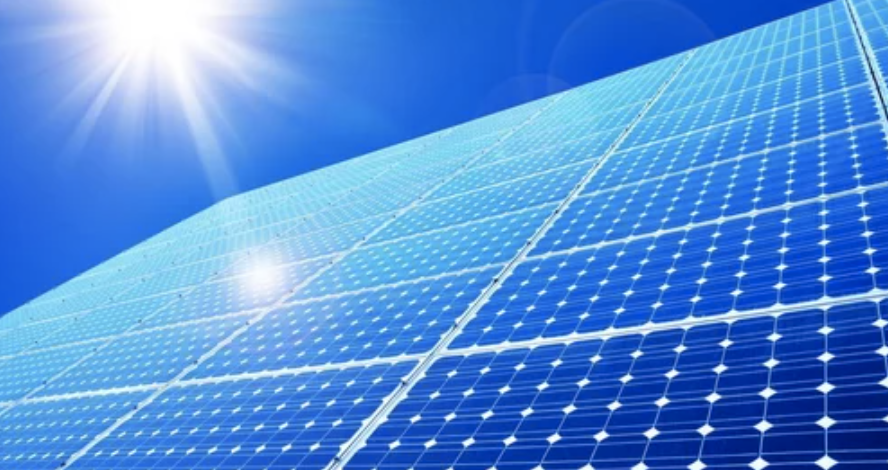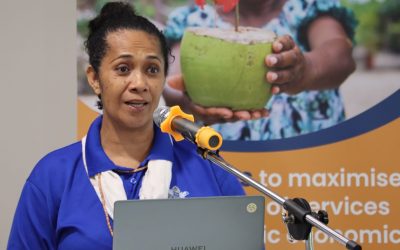Tonga is making tangible progress toward its renewable energy targets with the rollout of solar-powered mini-grid systems across its outer islands, in a bold move to reduce its dependence on expensive diesel imports and improve electricity access for remote communities.
 Currently, around 91 per cent of Tonga’s electricity is generated from diesel-powered systems, most of which are shipped to outer islands at great logistical cost. This reliance has left the Kingdom vulnerable to fluctuating global oil prices, foreign exchange pressures, and supply chain disruptions. However, recent efforts to transition to cleaner, more reliable sources of power are already showing results. According to a recent report on the Devpolicy Blog, diesel consumption in Tonga declined between July 2022 and June 2023, with renewable energy now contributing 13.3 per cent to the country’s overall energy mix—a notable shift given the country’s long-standing dependence on fossil fuels.
Currently, around 91 per cent of Tonga’s electricity is generated from diesel-powered systems, most of which are shipped to outer islands at great logistical cost. This reliance has left the Kingdom vulnerable to fluctuating global oil prices, foreign exchange pressures, and supply chain disruptions. However, recent efforts to transition to cleaner, more reliable sources of power are already showing results. According to a recent report on the Devpolicy Blog, diesel consumption in Tonga declined between July 2022 and June 2023, with renewable energy now contributing 13.3 per cent to the country’s overall energy mix—a notable shift given the country’s long-standing dependence on fossil fuels.
At the heart of this transformation is the Outer Island Renewable Energy Project (OIREP), supported by the Asian Development Bank (ADB) and co-financed by the European Union and other donors. The programme has introduced solar-battery hybrid mini-grids to several of Tonga’s most isolated islands. A milestone was recently achieved on the northern island of Niuatoputapu, where the commissioning of a new solar generation system and distribution network has significantly enhanced electricity access for households and local businesses.
Crucially, these efforts are addressing a long-overlooked issue: the economic cost of energy poverty. Recent research presented at the Pacific Update 2025 conference has drawn attention to how limited access to reliable electricity in Tonga, especially in outer island communities, directly hampers productivity, restricts educational opportunities, increases household expenditures, and deters private investment. In communities where power is rationed or intermittent, refrigeration, lighting, and communication become luxury services, not daily utilities. The ripple effects impact everything from healthcare delivery to small-scale food processing.
By tackling energy poverty through renewable infrastructure, Tonga is not only promoting environmental sustainability but also laying the groundwork for economic inclusion and community empowerment. The government’s broader aim, as laid out in the Tonga Energy Road Map (TERM), is to reach 70 per cent renewable energy penetration by 2030.
Tonga’s solar revolution is lighting up more than just homes: it’s unlocking economic potential, reducing national fuel bills, and providing communities with a cleaner, more secure energy future. For other Pacific nations facing similar challenges, Tonga offers a powerful example of how to harness the sun to drive sustainable development.



